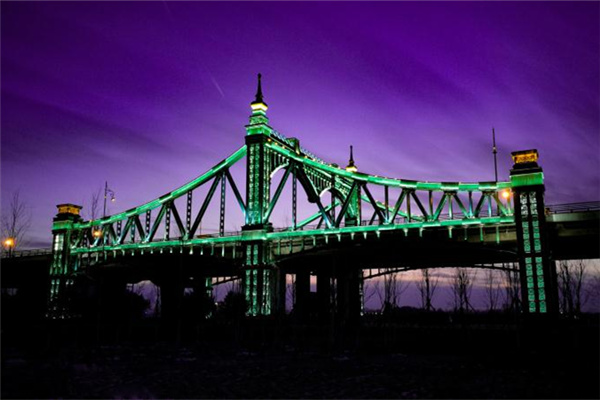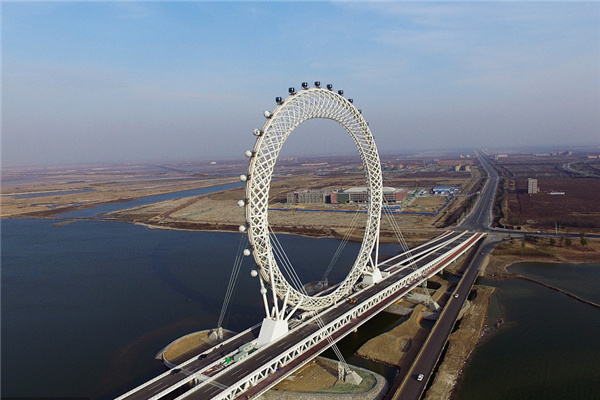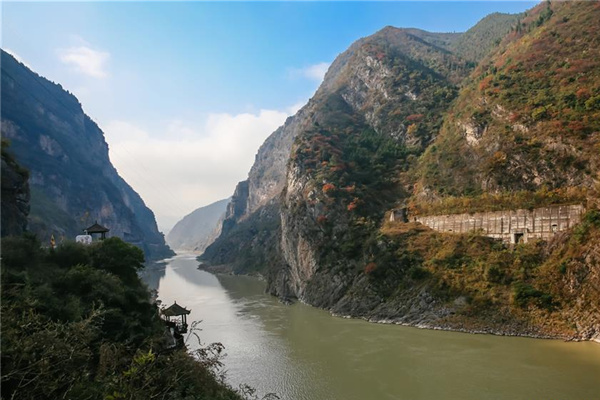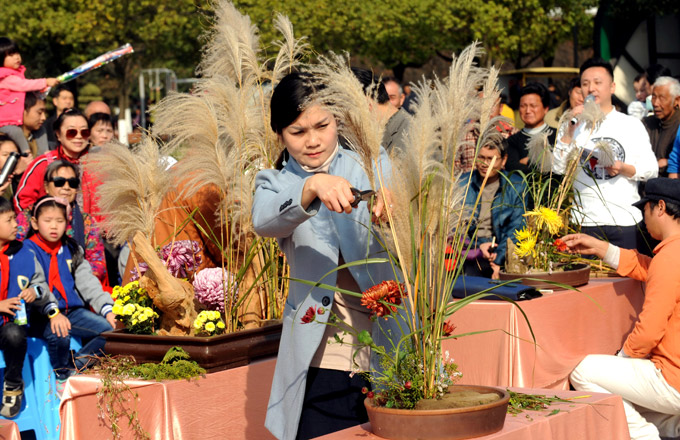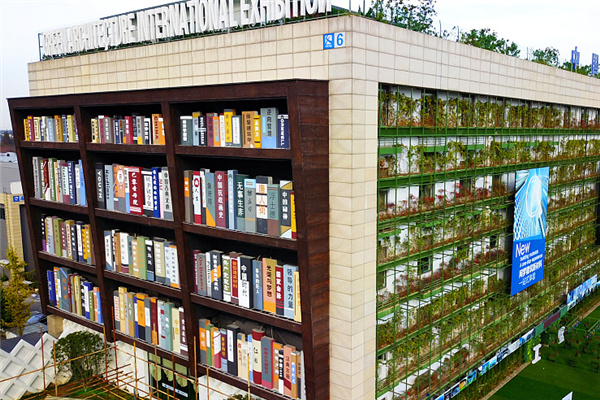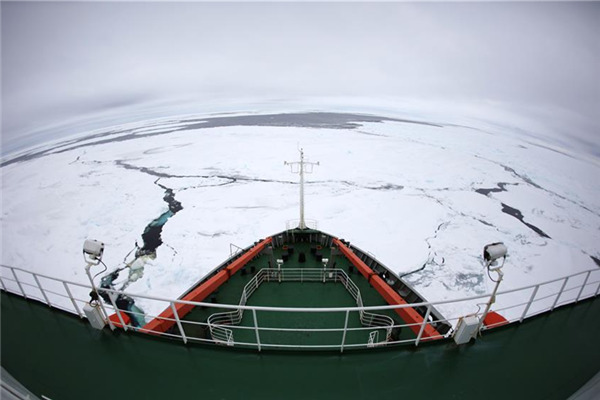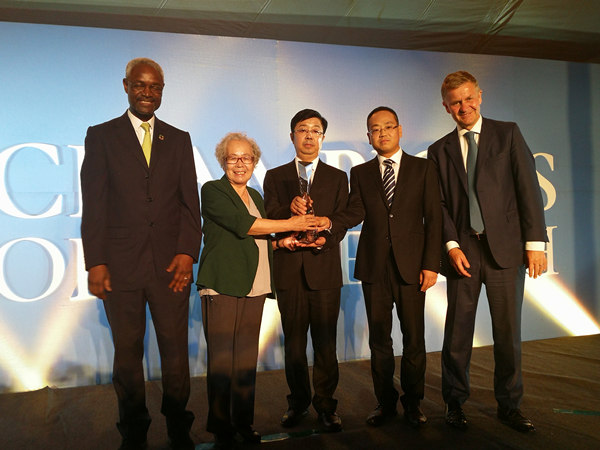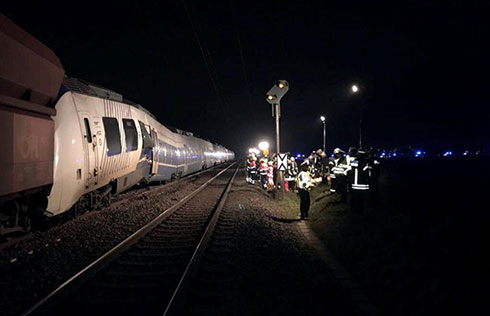

After more than two years of implementing its "Five Points Along One Line" development strategy, the Liaoning provincial government is seeking more policy support from the State in its efforts to revive the province's aged industrial base.
Mapped out in the province's 11th five-year (2006-10) plan, the strategy is to build a coastal economic belt covering five industrial zones in the cities of Dandong, Dalian, Yingkou, Panjin, Jinzhou and Huludao - all linked by a 1,430-km arterial highway along the coast.
During the past years, 437 projects have landed in the five zones, with a total investment of over 120 billion yuan. These include 117 foreign-funded projects, with a combined investment of $3.56 billion.
And another 220 projects with a total contractual investment value of 174.8 billion yuan are under negotiation.
"We think it is right time to incorporate the program into the national development strategy," says Chen Zhenggao, governor of Liaoning province.
The provincial government, at the annual NPC and CPPCC sessions, is proposing that the central government grant a Shenzhen-equivalent Special Economic Zone status to its coastal economic belt.
Role model
But Liaoning also needs a role model and with its coastline stretching almost 1,400 km, the province has decided to follow Japan's example in developing its post-World War II coastline economy.
Following the war, Japan built petrochemical industry, shipbuilding factories and other heavy chemical industry bases in Tokyo, Yokohama and other port zones.
These heavy industry bases covered 20 percent of Japanese land, but gathered 60 percent of the country's industrial enterprises, 80 percent of the industrial population and contributed 70 percent of the national industrial output.
According to the 2005 plan, industrial clusters will be formed in different areas of the Liaoning region.
For example, Changxing Island in Dalian will focus on industries such as shipbuilding, petrochemicals, precision instruments production and port logistics. The priority industries in Yingkou will be metallurgical and mining equipment manufacturing, steel making and shipbuilding.
Jinzhou will focus on petrochemicals and non-ferrous metal processing and Dandong will be a major destination for such industries as automobile parts production, papermaking and paper making equipment manufacturing.
The planned economic belt will have an area of 583 sq km, and the first-stage development area is 220 sq km.
According to the strategy, by 2010, the total GDP in the region could reach 300 billion yuan and account for 22 percent of the total GDP in Liaoning province. And the average annual GDP growth rate might exceed 20 percent.
Potential challenge
|
Yingkou Port |
However, like many significant reshuffles it's a difficult challenge and for Liaoning the primary obstacles are a shortage of funds, maintaining and enforcing environmental protection standards and being competitive.
To achieve the development's economic goals, city governments involved in the belt are investing considerable funds to develop the infrastructure needed to lure industry heavyweights.
In Yingkou, 1 billion yuan was invested on infrastructure in 2006 and the potential total investment amounts to 8 billion yuan. But its GDP in 2006 was only 45.2 billion yuan, making it hard to justify such a large-scale investment, the Economic Observer reports.
So, how to resolve the quandary?
"Currently, the construction funds are mainly from the China Development Bank," says Xiao Li, deputy director of Liaoning (Yingkou) Coastal Industrial Base Management Committee.
The national bank has lent 30 billion yuan to support Liaoning's reshuffle since 2005. In 2006, 5 billion yuan has been invested on infrastructure, according to Xiao.
But the large loans worry some officials.
"The local government's pressure to pay back the debts will be quite big if the infrastructure investment can't bring about a corresponding tax return," an unnamed local official was quoted by The Economic Observer as saying.
Another issue is the environment, as the government plans to built its port-oriented heavy industry bases on 2,000 sq km of barren, alkaline land unsuitable for farming but adequate for industrial development.
However, environmentalists fear that such a large heavy industry base also means heavy pollution.
But the local government claims it has paid great attention to environmental protection. In Yingkou, the environmental department evaluates every project before implementation and 10 heavy-polluting industrial projects have been refused since last year, according to a local newspaper LiaoShen Evening.
The competition is also quite fierce among the heavy industry districts eager to lure the big projects.
"Though the cities in the belt have their own focus, but they are all developing heavy industry and are eager for big projects. It seems far from the issues that the provincial government can comfortably handle," says an unnamed official with the Liaoning development and reform commission.
Meanwhile, neighboring Tianjin Port and ports in Guangxi the Zhuang Autonomous Region, Chengdu and Chongqing are also Liaoning's potential rivals.
(China Daily 03/17/2008 page10)
